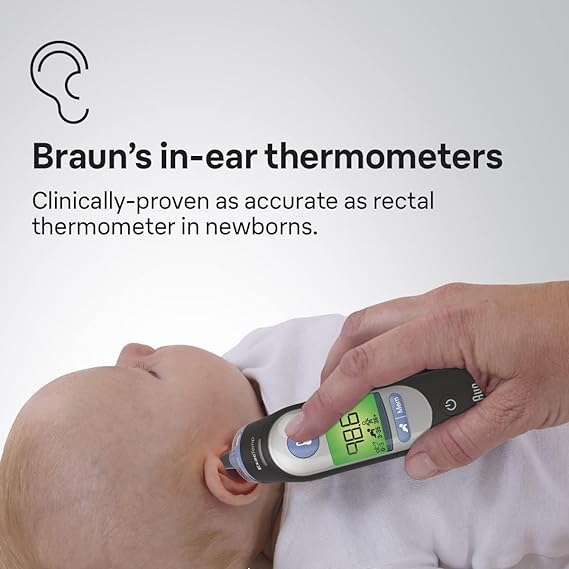Is the Infrared Thermometer Accurate?
The working principle of an infrared thermometer involves placing the thermometer’s filter directly on the object to be measured. Infrared rays emitted by the object are actively “thrown,” passing through the filter, and then collected by the photoelectric system. The collected data is transmitted to the photoelectric detector, which converts it into an electrical signal sent to the signal processor. After correction by the signal processor, the data is transmitted to the display output system, ultimately converting it into a temperature value.
However, during actual measurements, since the object cannot radiate all the infrared energy it generates to the external environment (it is generally assumed that the measured object can radiate 95% of the infrared rays to the thermometer), the thermometer needs fine-tuning to achieve accurate readings. The emissivity of an object is influenced by various factors such as clay, dust, and surface distortion, altering its emissivity and thus affecting the accuracy of infrared thermometers.
Due to these challenging operating conditions, infrared thermometers are typically used in fields with lower accuracy requirements, such as industrial temperature measurement, or for quickly checking patients with abnormal body temperature.
How to Set the Infrared Thermometer
Begin by pressing and holding the MODE button on the thermometer for approximately two seconds.
Release your finger, and the temperature displayed on the thermometer will automatically convert to degrees Celsius. The temperature numbers and symbols will change after the conversion.
After the setting is complete, when the infrared thermometer is in standby mode, the default display on the screen is also Celsius, generally requiring no reset after shutdown and restart.
Is an Infrared Thermometer Harmful to Babies?
Infrared thermometers measure body temperature using infrared rays, which are mainly categorized into contact and non-contact types. In general, infrared thermometers emit little to no radiation. Those available on the market do not release substances; they merely measure temperature by reflecting infrared wavelengths from the heat emitted by the human body, making them safe. As long as infrared rays do not irradiate the baby’s eyes, there are no side effects on the baby.
It is advisable to choose an infrared thermometer for babies under 1 year old and a traditional mercury thermometer for babies aged 1-3 years.
When selecting, consider opting for an infrared ear thermometer. This type can detect the temperature of the tympanic membrane, which is proportional to the temperature of the hypothalamus, providing an accurate measurement of the temperature of human brain tissue. Infrared forehead thermometers, on the other hand, only measure the temperature of the forehead surface, which may be affected by sweating during exercise or hot weather. In comparison, infrared ear thermometers are more reliable.
In the current market, numerous manufacturers produce infrared thermometers. It is recommended to choose reputable brands for infrared thermometers. Purchasing from a trusted medical mall or online pharmacy ensures the quality of the product.

